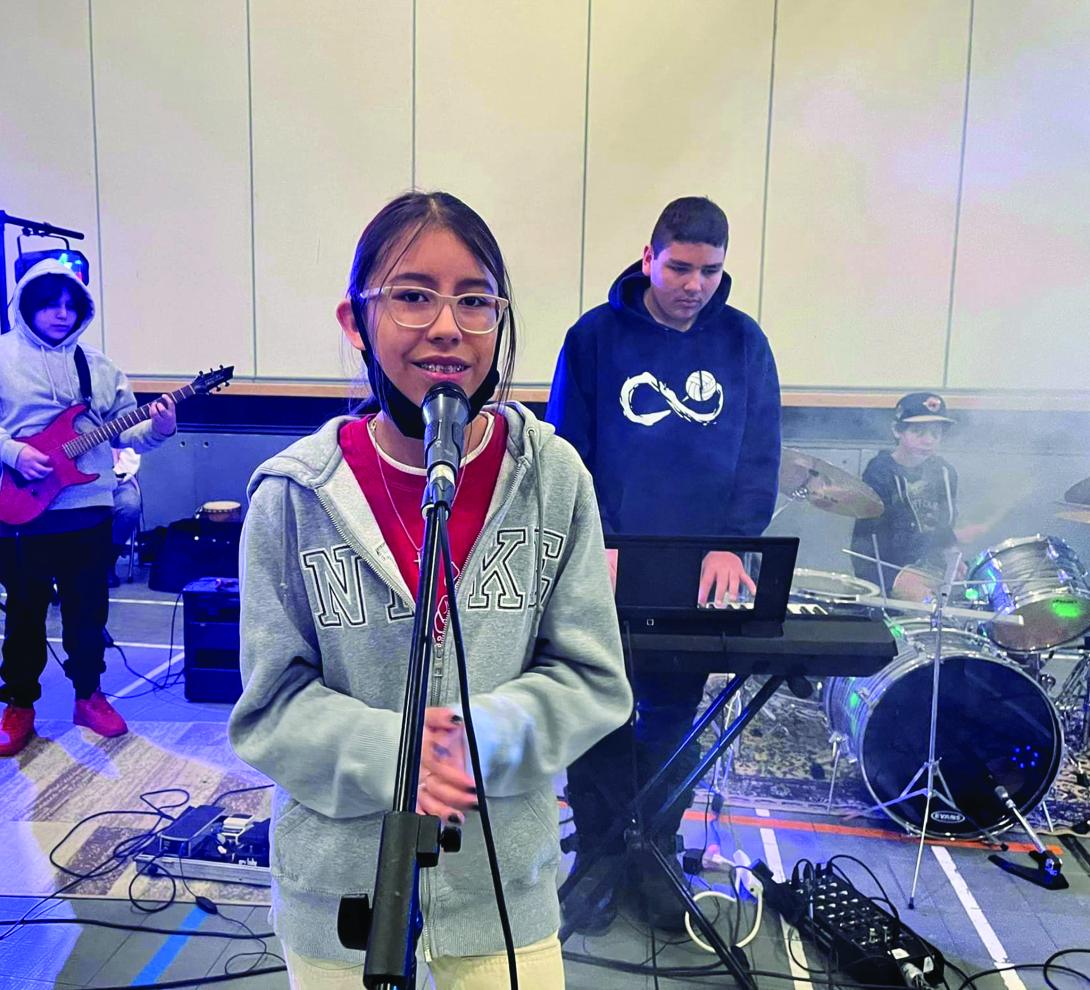The emergent artificial intelligence (AI) tool ChatGPT is stirring up concerns and conversations in teaching circles due to its ability to produce written material on any topic in seconds.
Accessed through a website, the tool enables any user to type in a request such as “write a letter to the president of the ATA about ChatGPT,” and it can write it within seconds. The request can specify the desired word length and grade level.
ChatGPT and other tools like it are a major disruption for teachers, says Dana DiTomaso, an internet marketing expert who writes a weekly technology column for CBC Edmonton.
“The thing with this disruption is it’s come out of nowhere and suddenly it’s everywhere,” she said.
One of the main concerns is the prospect of students using such tools to do their written homework assignments for them. A post-secondary instructor herself, DiTomaso recognized this risk right away when she began experimenting with ChatGPT.
“I immediately started putting in my own questions for my own course just to see what it came up with,” she said.
She recommends this approach to all teachers.
“Put in your own stuff, see what it comes up with and have that as a reference.”
While ChatGPT has been the focus of much conversation since its release in November, other such tools exist and more are on the way. Microsoft and Google are both poised to launch versions of their own that are built specifically for their search engines.
Included in that wave is image-generating AI that is sure to affect art teachers, DiTomaso said.
She compares the sudden emergence of the technology to the release and proliferation of the first smartphones.
“This is the kind of technology that will change how people do things, and I think it’s only going to change more and more from here.”
Embracing it
ChatGPT has prompted many conversations among teachers and school board officials, said Jodie Walz, who sits on the executive of the ATA’s Education Technology Council (ETCATA).
Her own school division, Calgary Catholic, has held PD sessions on the technology and is embracing the new technology rather than trying to clamp down on it.
“We’re taking a very positive approach, as it’s definitely going to impact teachers,” Walz said.
“How can we use this as a positive? How can we have a positive influence on teachers and use the tool to positively influence students?”
Part of the PD that the division has been offering is an exploration of the tools that are available to detect when a piece of content has been created by AI, but Walz stressed that these detection tools are not a fail-safe because they’re always playing catch-up.
“So you really need to think about what you’re assessing and what you’re doing and get to know those students and build those relationships with students,” she said.
She added that conversations with students about digital citizenship and academic integrity should be central to any strategy for dealing effectively with AI technology.
Walz said AI technology has the potential to be helpful to teachers in a variety of ways.
“It gives you concrete ideas. You can double-check facts. You can supplement your instruction with other resource and materials,” Walz said. “It’s a very powerful tool to assist teachers. We definitely don’t want it to be the teacher.”
How does ChatGPT work?
When asked to perform a specific writing task, ChatGPT scans the Internet, assesses how that type of material is written elsewhere and uses this to predict which word should come next as it assembles its own “original” response. It does this very quickly and produces a series of sentences and paragraphs that appear to be coherent and on-topic, says internet marketing expert Dana DiTomaso.
“It’s sophisticated in the sense that it can bring together multiple different sources to put together something that’s new-ish,” DiTomaso says.
“They call it AI because there’s some intelligence behind it, but the intelligence is really deciding what the next word is likely to be, based on the prompt given and its experience reading various pieces on that topic on the Internet. So, essentially, it’s a very sophisticated word prediction device.”
ATA News Managing Editor


